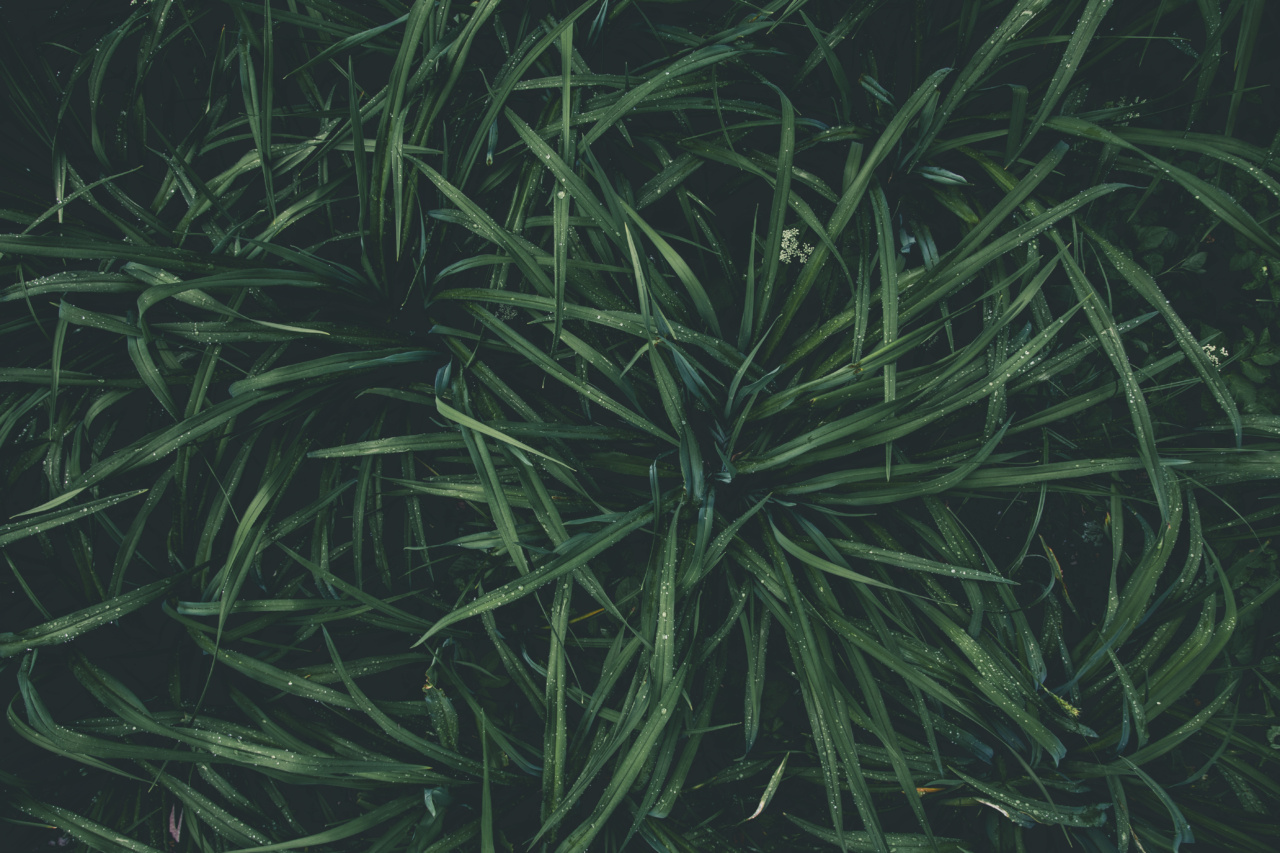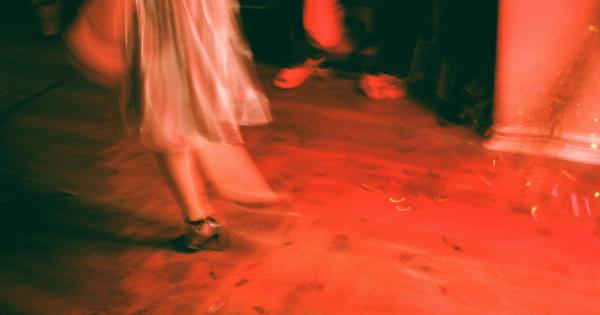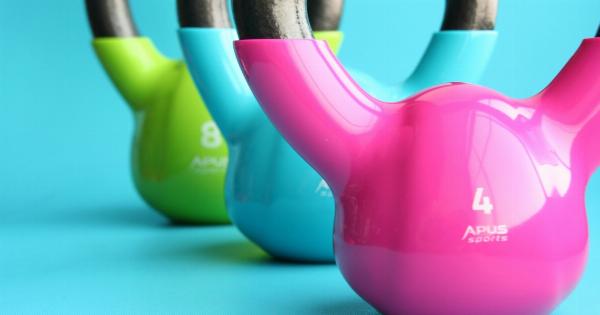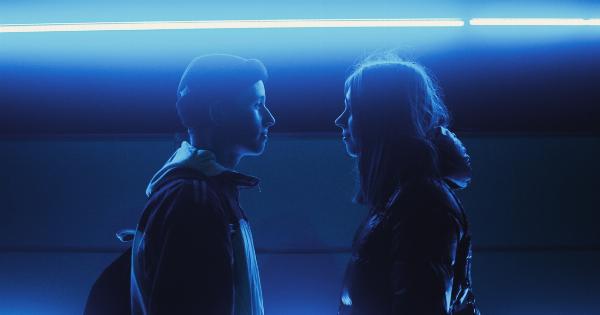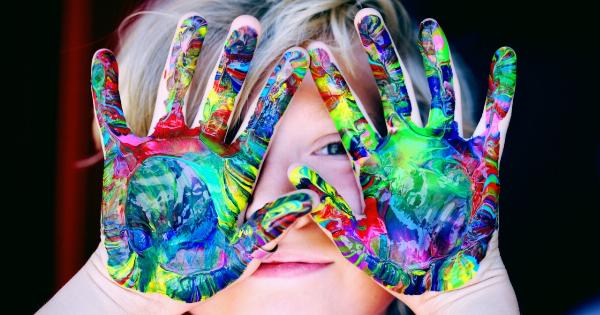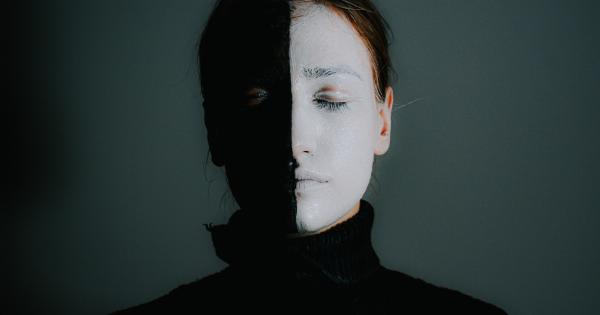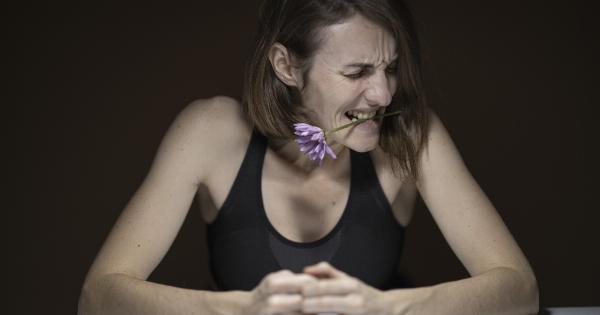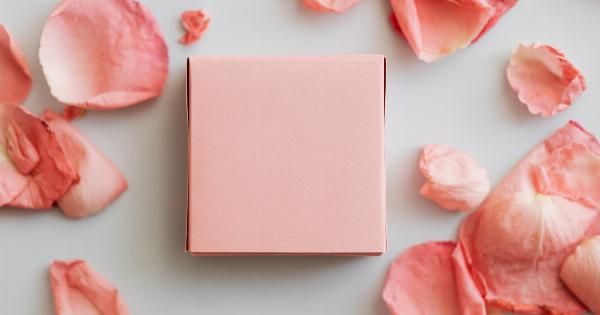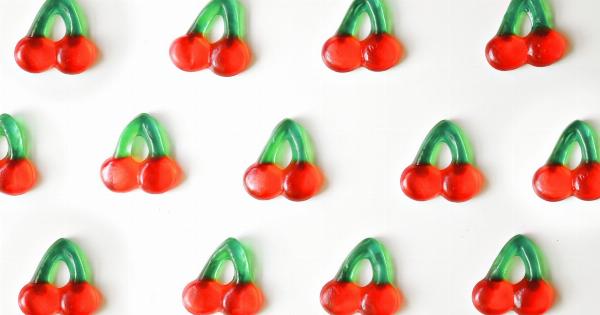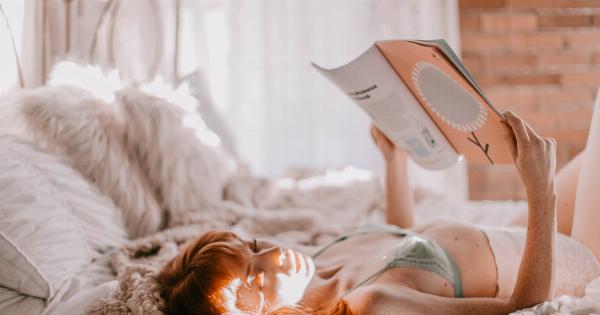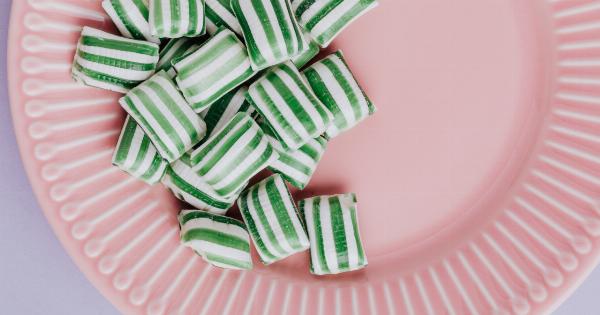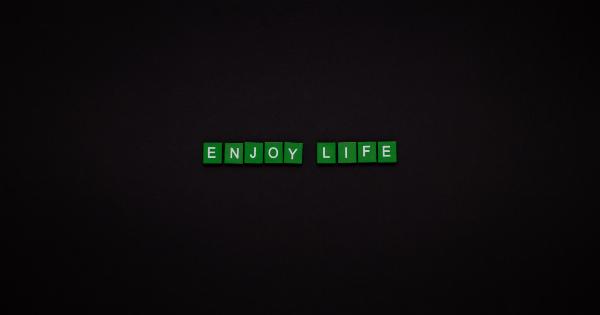Colors have a profound effect on human emotions, behavior, and even health. The colors we see around us affect our mood, thoughts and physical well-being more than we realize. Each hue has a different meaning and triggers different responses in people.
In this article, we will explore the hidden influence of color in your environment, and how you can use it to your advantage.
Red: Passion, Energy, and Alertness
The color red is known to evoke feelings of passion, energy, and alertness. It has been scientifically proven to raise blood pressure, heart rate, and breathing rate.
When you are in a room painted in red, you may feel more alert, enthusiastic and passionate. However, too much red in your environment can lead to increased stress and anxiety. It can also increase appetite and craving for sugary foods. Therefore, it is advisable to use shades of red sparingly and in conjunction with other colors.
For instance, accentuate a room with red accessories or a red color accent wall.
Orange: Happiness, Warmth, and Comfort
If you want to create a happy and warm atmosphere, then you should use the color orange. It is associated with happiness, warmth, and comfort. When you surround yourself with the color orange, you feel more sociable, extroverted, and outgoing.
It stimulates enthusiasm and creativity. However, it can be overwhelming in large doses, and too much orange can create feelings of restlessness and anxiety.
Yellow: Cheerfulness, Optimism, and Concentration
The color yellow brings out feelings of cheerfulness, optimism, and concentration. It is known as a color of happiness, and it evokes warm and welcoming emotions. Surrounding yourself with the color yellow helps you stay focused and attentive to detail.
Studies show that the color yellow stimulates mental activity and can improve memory function. However, over-exposure to the color yellow may cause feelings of frustration or anger.
Green: Peace, Tranquility, and Relaxation
Green is the color of nature and is known to bring out feelings of peace, tranquility, and relaxation. It is a calming color, and it soothes the mind and body. Green also represents growth, stability, and fertility.
Research shows that being in a green environment can lower blood pressure and slow down heart rate. It also improves creativity and enhances performance in tasks that require long attention spans. Use green in your environment to create a serene and harmonious ambiance.
Blue: Trust, Relaxation, and Healing
The color blue evokes feelings of trust, relaxation, and healing. It is a calming color that lowers blood pressure and slows down respiration rate. Blue is associated with stability, progress, and wisdom.
It is a popular color in healthcare environments because it has a calming effect on patients and promotes healing. Studies show that blue light helps improve sleep quality and duration. It is also beneficial for people suffering from anxiety and depression. Use blue in your environment to create a soothing and calm ambiance.
Purple: Luxury, Creativity, and Intuition
The color purple has many meanings, including luxury, creativity, and intuition. It is a regal color that symbolizes opulence and extravagance. Purple is a blend of blue and red, which makes it a color of high energy and creativity.
It stimulates the imagination and encourages inventiveness. Purple is also associated with intuition and spiritual awareness. It is a popular color for relaxation rooms or meditation spaces. However, overuse of the color purple can create feelings of introspection and mood swings.
Black and White: Yin and Yang
Black and white are the two most contrasting colors that represent the yin and yang elements in nature. Black symbolizes mystery, elegance, and power. It is a very strong and sophisticated color that creates a sense of authority and intelligence.
However, too much black can create a somber and depressing environment. White, on the other hand, represents purity, clarity, and innocence. It is a clean, fresh, and bright color that creates an open and peaceful environment. But too much white can be too stark and clinical looking.
Black and white are best used together in alternate patterns to create a balanced and harmonious environment.
The Bottom Line
Colors play a major role in shaping our emotions, behavior, and health. The color of your environment can affect your perception of the world and how you feel in general.
By knowing the hidden influence of color in your environment, you can use it to your advantage and create a space that is calming, soothing, and helpful for your overall well-being. By picking the right colors for your walls, furniture, and accessories, you can positively influence your mood and attitudes.
